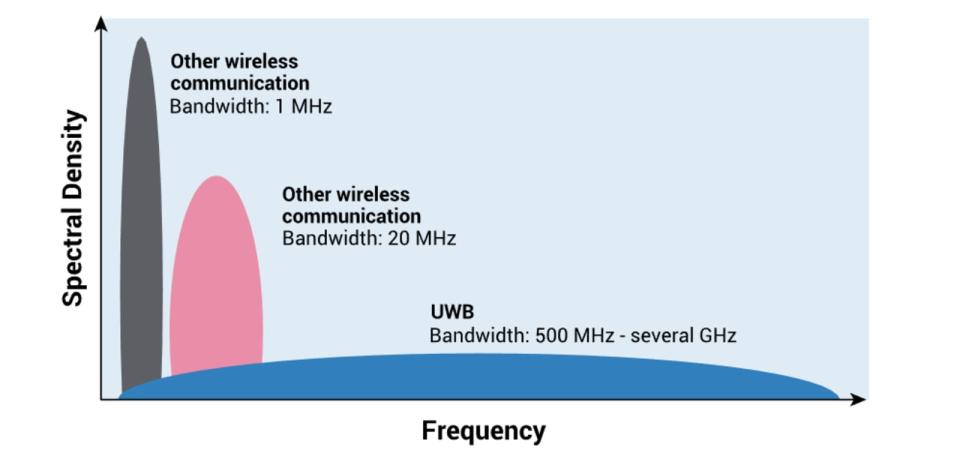Sony and Samsung resurrect ultra-wideband to improve location tracking
The companies are part of a new UWB-focused consortium.
When it comes to short range wireless technology, there are certainly a couple of stand-outs. WiFi and Bluetooth, for example, are an integral part of everyday life. Others have come and gone, with some serving niche purposes or fading into oblivion entirely. Now, one that got a lot of hype in the 2000s but didn't quite have a breakthrough moment -- ultra-wideband (UWB) -- is having a resurgence thanks to a consortium of major names hoping to give it a new lease of life.
The FiRa Consortium (the name stands for 'fine ranging') includes the likes of Samsung, Bosch, Sony and LitePoint, and they're all committed to growing the UWB ecosystem. Building on the existing IEEE standard 802.15.4/4z, which defines the characteristics for low-data-rate wireless connectivity, FiRa is working to set a new standard for the technology which, it says, could completely revolutionize everyday life.
UWB works by sending billions of pulses across a very wide spectrum of frequency, several GHz in bandwidth. The corresponding receiver then translates the pulses into data by listening for a familiar pulse sequence sent by the transmitter. Because modern UWB is restricted to ultralow power, there's very little interference with other wireless spectra -- it's also secure and highly accurate in terms of location detection.

In the 2000s, these benefits made UWB well-suited to military and medical applications. Now, thanks to the ever-burgeoning IoT, it's got wider uses. According to FiRa, UWB could be used to identify an individual's approach toward or away from a secured entrance and verify security credentials without their phone ever having to leave their pocket. It could make it easier to navigate large venues such as airports and shopping malls, or to find a car in a multi-story parking garage. It could even help you find a friend in a crowd.
The technology is still a fair way off from consumer use, but it's already being leveraged in enterprise -- and particularly by the automotive sector. Yongbum Park, vice president of the Telecommunications Technology Association, says, "Device-to-device fine ranging technology without additional equipment is very useful for home or industrial applications. We believe that FiRa technology will change our lives."


